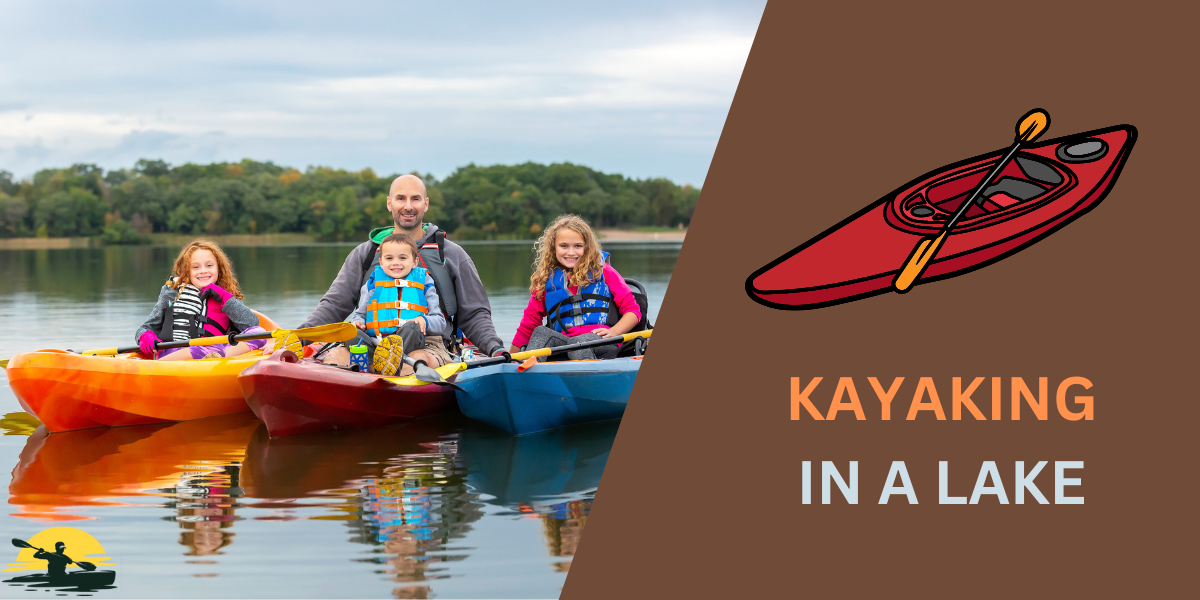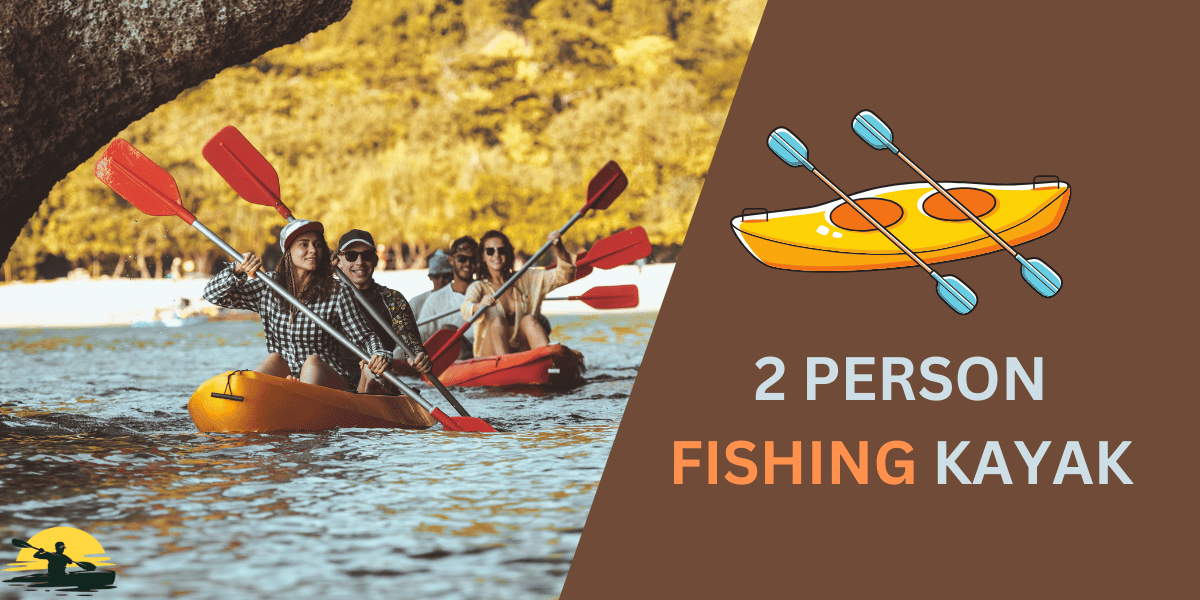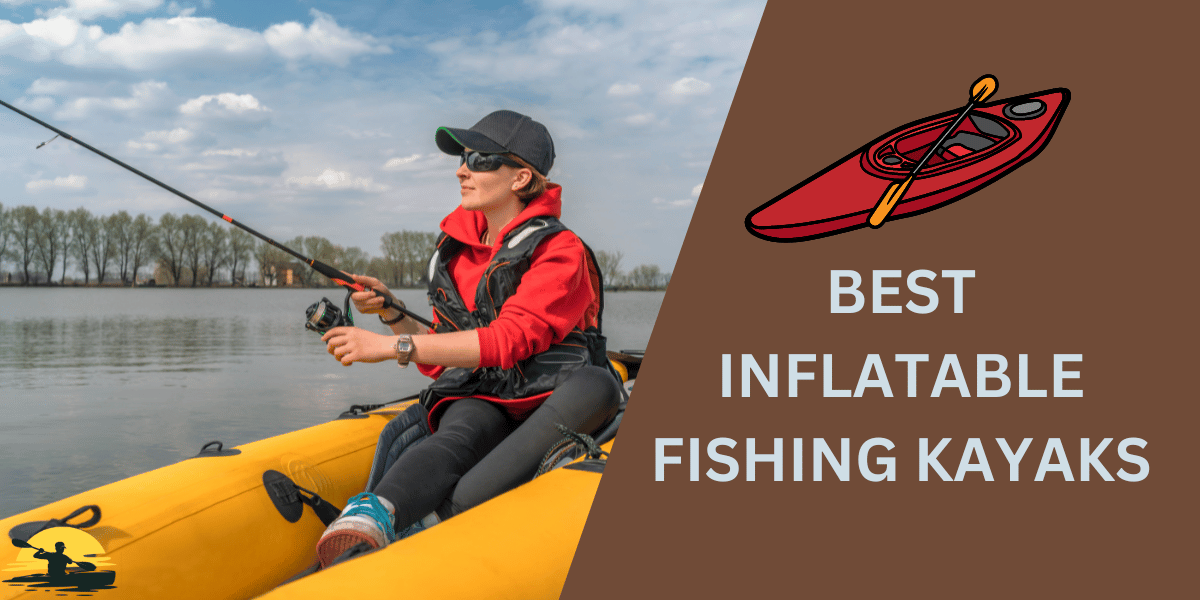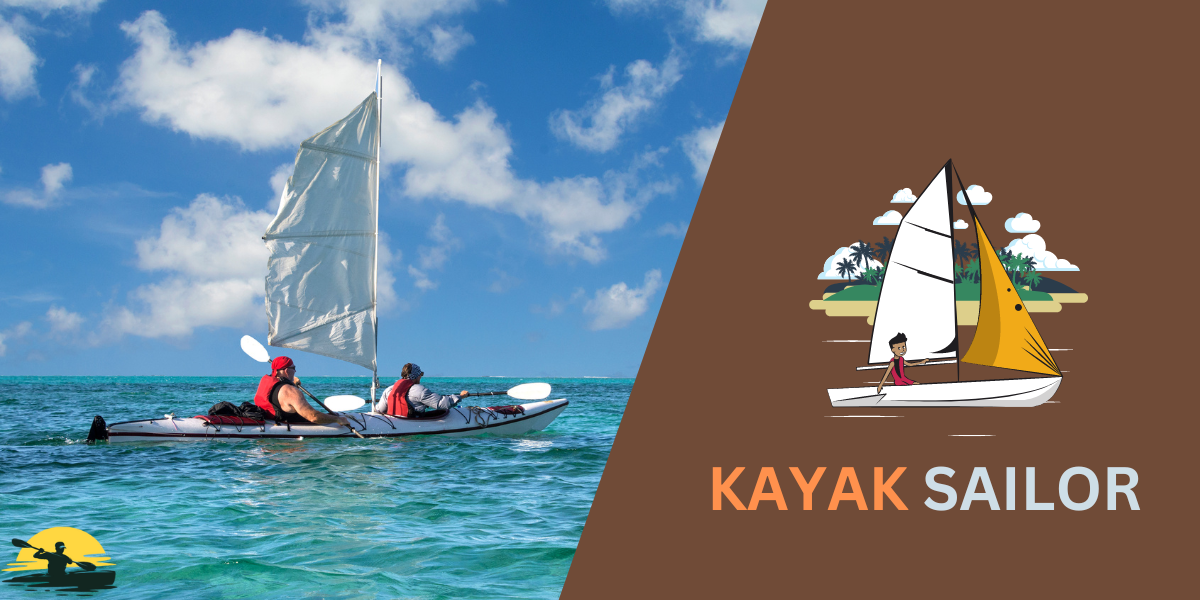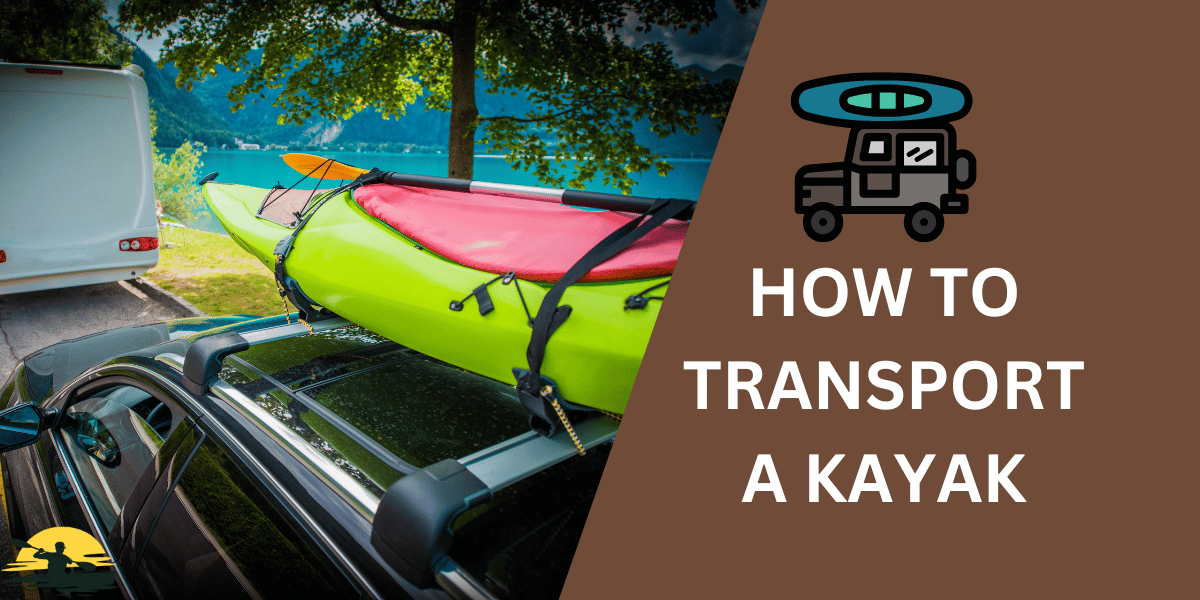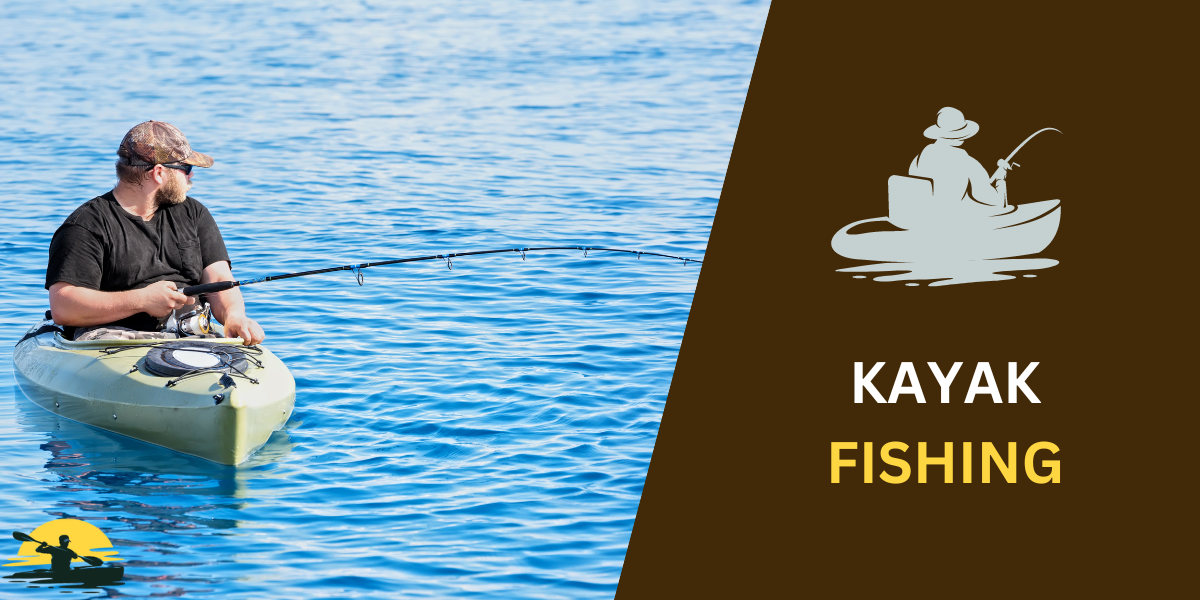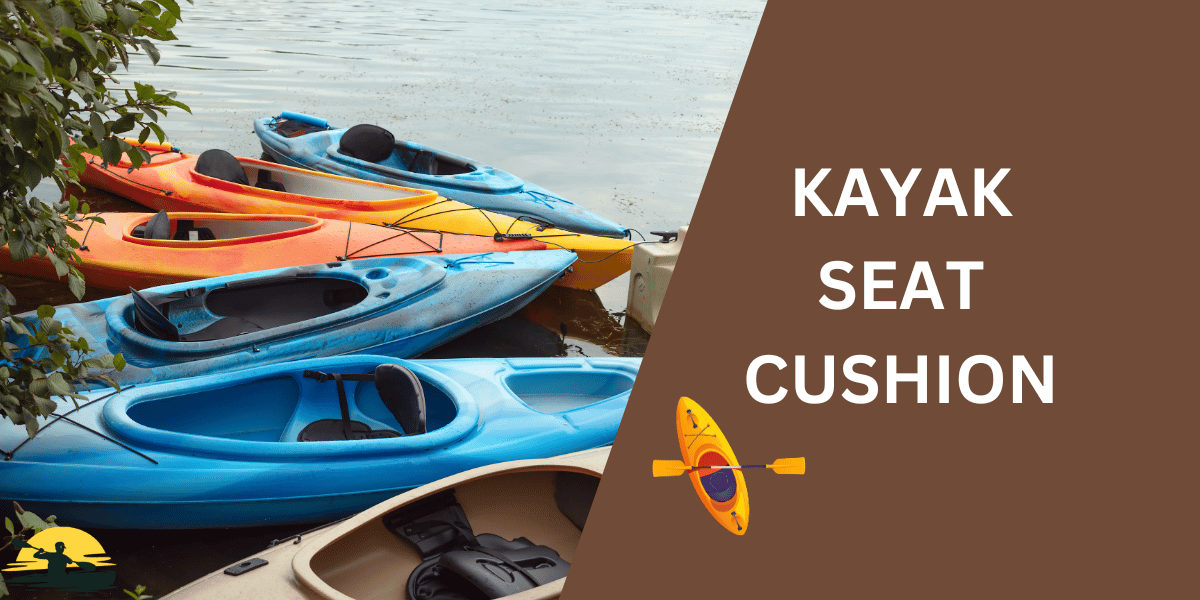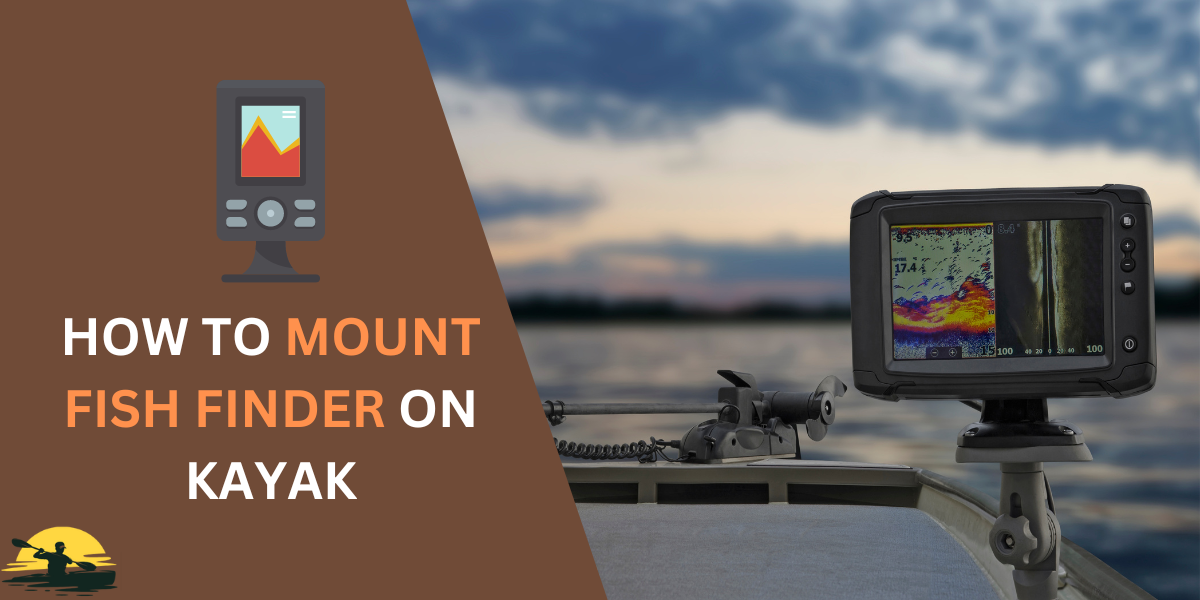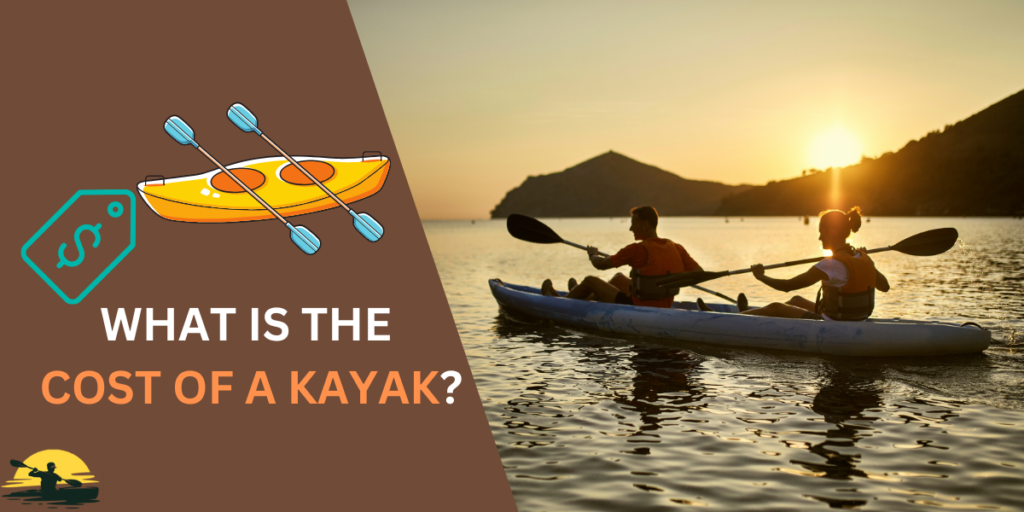
You’re ready to explore the water in a kayak.
Maybe you want to see hidden coves on a lake or catch some fish.
The only problem is that kayaks come with a surprising range of prices—how do you know how much to spend?
Choosing the wrong kayak means either overpaying for features you’ll never use or getting stuck with one that’s not right for your adventures.
Seeing those price tags without knowing what makes some kayaks so much more expensive is frustrating.
Don’t worry! This guide will break down everything that goes into kayak pricing.
We’ll cover different types, must-have gear, and how to find the right kayak to fit your budget and your dreams.
- Basic Recreational Kayaks: These can start at around $250 and are suitable for casual paddles.
- Fishing Kayaks: Expect to pay at least $500+ due to extra features.
- Touring/Sea Kayaks: $1000+ for longer trips and gear storage.
- Don’t Forget to Factor in essential gear (PFD, paddle), which adds roughly $50-$200+ to the total price.
- Extras: Storage, transportation, and little things add up too!
Bottom Line: You CAN find excellent kayaks on a budget, and the experience is worth it!
Budget Breakdown
It’s easier to understand kayak costs with some real-world examples. Remember, prices can vary depending on sales, brands, and where you live. These are meant as a starting point for your budgeting!

The Casual Paddler
- Goal: Relaxing paddles on calm lakes or slow rivers.
- Kayak: Recreational kayak (new or used) – $250-$500
- Paddle: Basic aluminum paddle – $50 – $100
- PFD: Comfortable, well-fitting PFD – $50 – $100
- Extras: Sunscreen, water bottle
- Total Estimated Cost: $350-$750
The Aspiring Angler
- Goal: Fishing adventures from a kayak.
- Kayak: Mid-range fishing kayak (new or used) – $500-$1000
- Paddle: Mid-range paddle (consider the material for less fatigue) – $100-$200
- PFD: Fishing-style PFD with storage pockets – $80-$150
- Fishing Gear: Rod holders (if not built-in), tackle box, etc. – Budget varies greatly
- Total Estimated Cost: $700-$1500+ (fishing gear adds up!)
The Weekend Adventurer
- Goal: Overnight kayak camping trips.
- Kayak: Touring/sea kayak – $1000-$2000+
- Paddle: Lightweight paddle for longer trips – $200-$350
- PFD: Comfortable PFD with good support – $100-$200
- Camping Gear: Dry bags, tent, sleeping bag, etc. – Budget varies greatly
- Possible Extras: Spray skirt, transportation cart
- Total Estimated Cost: $1500+ (depending on camping gear)
Important Notes:
- Don’t Panic! These are just examples. You can find great deals on used gear or start simple and upgrade later.
- Hidden Costs: Remember to account for storage, transportation, and little extras like a whistle or waterproof phone case.
- The Joy Factor: The feeling of paddling on a beautiful day is priceless, no matter how much your kayak costs!

Additional Considerations
- Shop Around: Don’t just buy the first kayak you see. Compare prices at stores and online retailers, and consider those used marketplaces. Patience can save you some serious cash!
- Rent Before You Buy: If you’re unsure what type of kayaking you’ll love, try renting a few different styles. This will help you avoid spending money on a kayak that doesn’t suit your paddling adventures.
- Think Long-Term: Is this a short-term hobby, or are you hooked on it for life? A cheaper kayak might be OK to start, but if you upgrade quickly, it could cost you more in the long run.
- Join the Community: Many areas have kayaking clubs or online groups. These are great places to ask questions, find used gear, and get inspired for adventures.
- Focus on the FUN! The best kayak is the one that gets you out on the water, creating memories. Don’t get so caught up in the cost that you miss out on the joyride!
Types of Kayaks: The Big Price Influencer
Think of kayaks like shoes – there are different types for different adventures. Just like you wouldn’t wear hiking boots to a basketball game, you don’t want the wrong kayak for your paddling plans! Here’s a breakdown of the main types and how they affect price:

- Recreational Kayaks: These are your all-around, beginner-friendly boats. Think of them as the “sneakers” of the kayak world. They’re usually shorter, more comprehensive, and designed for calm waters like lakes and ponds. Because they’re easy to paddle, they’re often the most budget-friendly option.
- Fishing Kayaks: If catching a fish is your goal, these kayaks are designed with anglers in mind. They often have built-in rod holders, extra storage space, and features for stability (so you don’t tip over when you reel in a big one!). These add-ons bump up the price from a basic recreational model.
- Touring/Sea Kayaks: Built for longer paddles and even overnight adventures, touring kayaks are like the “hiking boots” of kayaking. They’re longer, sleeker, and have storage compartments for gear. This focus on performance comes with a higher price tag.
- Whitewater Kayaks: These are the super-specialized kayaks you see tackling rapids. They’re built to handle rough water, which means premium prices. These probably won’t be on your radar unless you’re into extreme paddling.
Beyond the Basic Boat
The kayak itself is the most significant cost factor, but here are some other things that influence the final price tag:

- Cockpit Design: Some kayaks let you sit inside, while others have you on top. The style affects comfort and features, which can play into the price.
- Material: Plastic kayaks are generally the cheapest, while fancy materials like carbon fiber make them lighter but way more expensive.
- Size & Features: Bigger kayaks, extra storage, or fancier seats can drive up costs.
The Right Kayak = Fun + Budget
It’s all about finding the sweet spot between the features you need for your paddling adventures and what you can spend. Don’t worry; we’ll cover everything to help you find that perfect kayak!
Essential Gear
OK, you’ve got your kayak picked out, but don’t head out on the water yet! There are a few more must-haves for a safe and enjoyable paddling experience.

- PFD (Life Jacket): This is non-negotiable. Think of it like a seatbelt for your kayak. PFDs come in different styles and prices. The most important thing is finding one that fits snugly and gives you the proper support for your paddling adventures. Never skimp on safety!
- Paddle: Seems obvious, right? But paddles can make a HUGE difference in how much you enjoy your kayak. Light weight paddling mean less tired arms on longer paddles. They’ll generally cost more than basic aluminum ones, but trust us, it’s worth considering.
- Other Gear to Consider: Depending on where you’re exploring, you might want to add:
- Spray Skirt: Helps keep water out of your kayak on choppier days.
- Dry Bags: Protects your phone, snacks, and any gear you want to stay dry.
- Transport Cart: This makes moving your kayak from your car to the water more accessible, especially if you’re paddling solo.
Pricey Extras (But Not Always Essential)
As you shop, you’ll see TONS of kayak gear. It’s easy to get tempted! Here’s the thing:

- Fancy Paddle Technology: Super high-tech paddles exist, but beginners likely won’t see enough benefit to make them worth the extra cost.
- Fishing-Specific Gadgets: If you’re not fishing, those rod holders and tackle storage systems add to the price.
- Super-Specialized Clothing: Stores sell kayak-specific pants, shirts, even shoes! Regular workout clothes can often work fine unless you’re paddling in extreme conditions.
The Bottom Line: Focus on the basics first. You can always add more gear later as you discover the kind of paddler you enjoy being!
New vs. Used Kayaks
Like buying a car, you can go new or used when shopping for a kayak. Each option has its pros and cons – let’s break it down!

The Perks of Buying New
- Perfect Condition: No scratches, dents, or mysterious repairs.
- Warranty: Most new kayaks come with a warranty, which gives you peace of mind if any issues arise.
- Latest and Greatest: Have your heart set on a specific model or the newest colors and features? Buying new is the way to go.
The Benefits of Buying Used
- Significant Savings: You can sometimes find excellent kayaks for less than the sticker price. This is perfect for beginners or if you’re unsure how much you’ll use the kayak.
- Upgrade Potential: The money you save on a used kayak could be used to upgrade your paddle or snag some other gear.
- Test the Waters: Used kayaks are a great way to try different styles before spending big bucks on a brand-new model.
Where to Find Used Kayaks
- Online Marketplaces: Think Facebook Marketplace, Craigslist, and specialized kayak resale websites.
- Local Outdoor Stores: Some stores sell used or demo kayaks.
- Kayaking Clubs/Groups: Paddlers often upgrade their gear and might be selling their old kayaks.
Do Your Homework!
If you’re buying used, scrutinize the kayak. Check for significant damage and sun fading (which weakens plastic), and ensure all the parts are included. Don’t be afraid to ask the seller how it was used and stored.

What NOT to Skimp On
While finding a good deal is fantastic, there are a couple of things you don’t want to sacrifice for a cheaper price tag.
- A Good Quality, Well-Fitting PFD: We said it before and’ll repeat it – safety first! A too-big, too-small, or worn-out PFD won’t protect you in an emergency. Choose a comfortable one certified by your country’s safety standards. Think of it as an investment in every future kayak adventure.
- A Decent Paddle: A cheap paddle will likely feel heavy and awkward. This means more tiring paddling and less fun on the water. Even on a tight budget, try to go a step above the absolute cheapest option. Your arms will thank you!
- A Little Bit of Know-How: If you’re new to kayaking, taking a lesson or two will go a long way. Learning proper paddling techniques and basic safety makes your time on the water more enjoyable and helps avoid accidents. Many kayak stores or rental places offer affordable beginner classes.
Remember: Even with affordable kayaks, a PFD, a decent paddle, and some basic skills, you’re ready for incredible adventures. It’s more about the experience than the fanciest gear!

Things to Keep in Mind
OK, you’ve snagged a great deal on your dream kayak. But before you hit the “checkout” button, there are a few more costs to consider. These little extras can add up!
- Storage
- At Home: Do you have space in your garage, yard, or shed to store your kayak safely? If it’s on the floor, you might need straps to hang it up to avoid warping. Larger kayaks might even need a unique rack.
- Renting Storage: If space is tight, you might need to pay for storage at a marina or storage facility. Factor these monthly costs into your budget.
- Transportation
- Roof Rack: If your car doesn’t have one, you’ll need a roof rack to carry your kayak. Different styles are available depending on your car and kayak size.
- Straps & Padding: To protect your kayak and car during transport, you’ll need secure straps and, potentially, foam padding.
- Trailer: Bigger kayaks or carrying multiple kayaks might mean investing in a trailer, which is an added expense.
- Maintenance
- Cleaning & Care: Simple cleaning after use, especially in saltwater, will help your kayak last a long hose, and mild soap is all you usually need.
- UV Protection: If storing your kayak outside, a UV protectant spray can prevent the sun from fading colors and making plastic brittle.
- Occasional Repairs: Even with reasonable care, minor dings or scratches might happen. Basic repair kits for kayak materials are relatively affordable.
It’s Not ALL About the Money
Remember, time spent kayaking is a priceless investment in fun, exploration, and maybe even exercise. Factoring in these extra costs helps you set a realistic budget so you can focus on the joy of paddling!
Conclusion
Figuring out kayak cost can feel a bit overwhelming at first. But now you’re armed with the knowledge to make intelligent choices and find the perfect boat for your budget and adventures. Remember:

- Different Types = Different Prices: Match the kayak to how you’ll use it.
- Gear Matters: Factor in the cost of essentials like a PFD and paddle.
- Beyond the Price Tag: Consider storage, transportation, and little extras.
The most important thing is getting out there and paddling! Whether in a top-of-the-line kayak or a budget-friendly find, the joy of exploring on the water truly matters. So, what are you waiting for? Start researching your dream kayak and get ready to set sail!
Frequently Asked Questions
Can I find a good kayak for under $500?
Absolutely! This price range offers excellent recreational kayaks for casual paddling on calm waters. New models might be smaller, but check out used marketplaces for incredible deals on higher-quality kayaks.
Do I need an expensive paddle?
Not necessarily, especially as a beginner. But consider spending a bit more than the cheapest option. A slightly better paddle makes a big difference in how enjoyable your kayaking experience is.
Are inflatable kayaks worth it?
Inflatable kayaks are super portable and often more affordable. However, they generally don’t perform as well as hard-shell kayaks in speed and stability. They’re a good option if storage space is limited or you mostly paddle calm waters.
How much does it cost to store a kayak?
Costs vary greatly. Storage might mean buying straps or a rack if you have space at home. However, renting storage at a marina or facility could add $50-$100+ to your monthly expenses.
Should I buy a new or used kayak?
Both have their benefits! New kayaks come with warranties, while used kayaks offer significant savings. If you’re a beginner, a used kayak is a great way to test the waters without a substantial investment.


